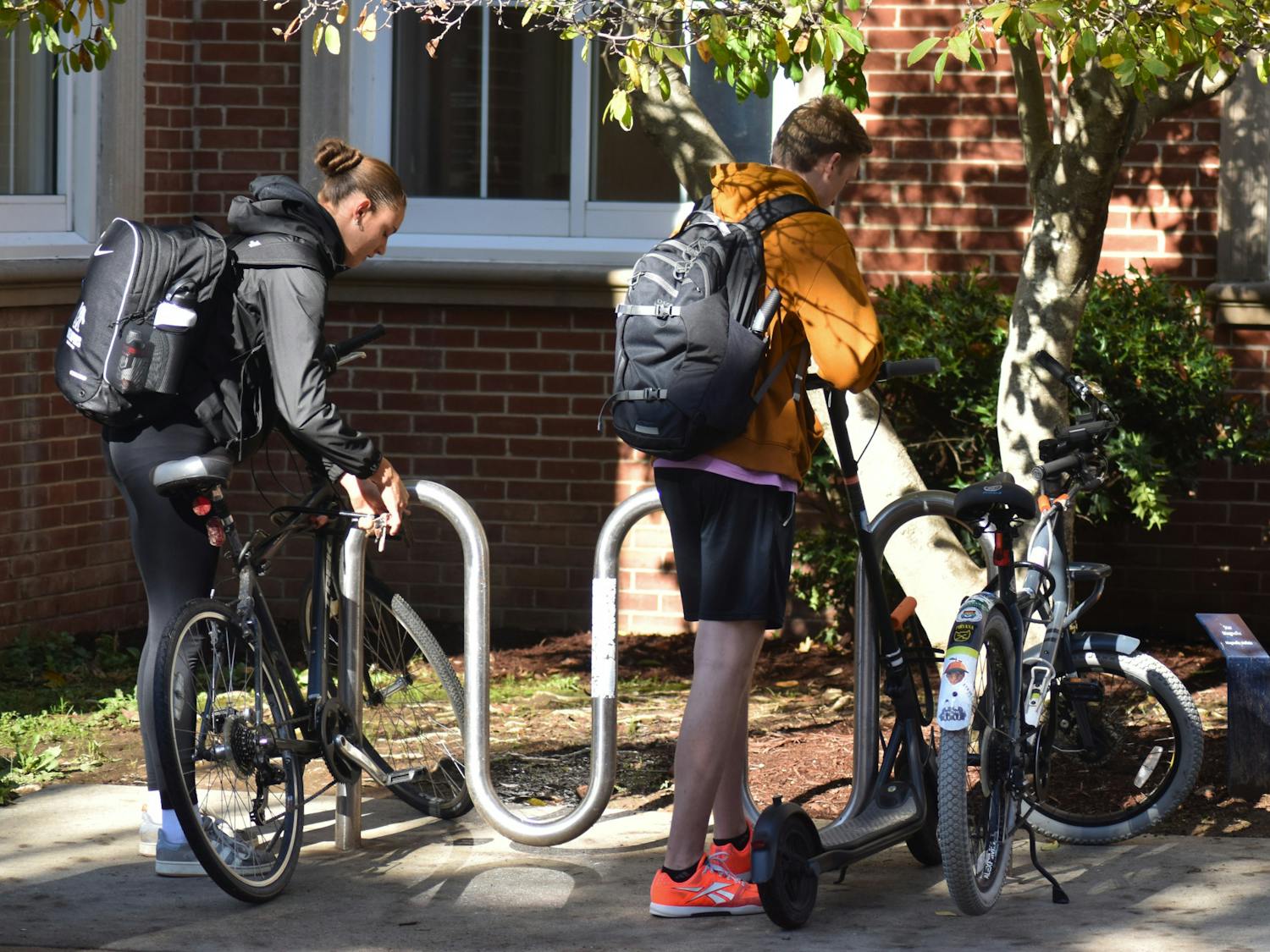Jalen Todd leaned back in the massage chair and closed his eyes. His day had begun with the bus running behind schedule.
This was followed a long, tedious writing assignment in his English class, which he had his doubts about. But in the U of M Relaxation Zone, Todd could finally let it all go.
Any worries, fears or apprehensions he had were washed away as the massage rollers caressed deeply into his neck and shoulders.
“It relieves stress, it really does,” the graphic design major said. “When I came here, I was very stressed out about time management, school and work. Now I’m relaxed.”
Todd, 21, is one of the many U of M students who visits the Relaxation Zone. Located on the second floor of Wilder Tower, it allows students to unwind and release the stress that comes with attending college.
Karen Green, office associate in the Relaxation Zone, believes the workers there provide students with what they need to de-stress.
“We try to make sure that everybody is happy,” she said. “We want to give them a sense of well-being.”
Green is also familiar with the zone’s equipment, which is spread out over two rooms. Each one has two state-of-the-art massage chairs, two bio-feedback machines with computers and a small-scale Zen garden with miniature pitch forks students can use to sift through the box’s sand.
“The sandboxes (Zen gardens) help some people,” she said. “Sometimes they will play with the sandboxes rather than have a chair.”
But students can’t just waltz in and plop down on a massage chair. To help them receive an optimal experience, counselors ask for a bit more, said Melissa Gross, a graduate student working on a masters’ degree in counseling. She helps run the program and shows guests the ropes on their first visit.
“When students come in the first time, they meet with a counselor, and we walk them through what the relaxation zone is, and what it does,” she said. “We talk to them about stress and how to manage stress, and coming into the relaxation zone is definitely one of those ways.”
Gross also shows students how to use the bio-feedback machines, which measure stress levels and heart rate.
She’ll ask students to think of something stressful, and their rates on the chart will noticeably spike. She’ll then have them picture something relaxing, and the stress rates will slowly decrease.
Through her observations with the bio-feedback machines, Gross has noticed it’s much harder for students to relax than stress out, which is one reason she believes the Relaxation Zone is so important, especially with exams approaching.
“The more you freak out about something, the more you study,” she said. “If you don’t take that break, you’re not going to remember any of it. The brain needs time to relax and recharge.”
Students tend to agree with Gross’s sentiments. Lucy Dang, 20, a non-profit development and administration junior, hasn’t paid a visit to the Relaxation Zone but plans to.
“To have the opportunity to unwind on campus is great,” Dang said. “And who doesn’t love a good massage?”





